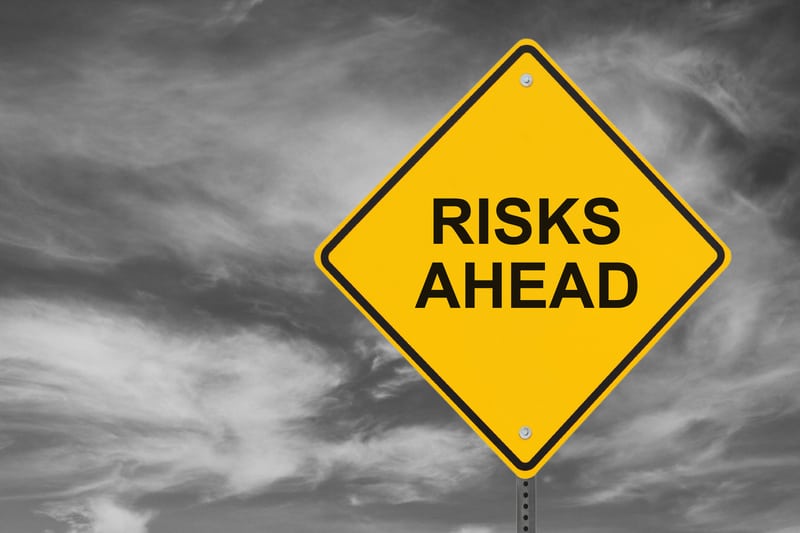
Social media is rife with real estate agents declaring the market has reverted back to a frenzied seller’s market with the return of mega multiple offers and properties selling well above the list price. But is this true? After analyzing recent sales statistics (excluding condos) for Hillcrest Village and Allenby for March 2013, 50% of houses in Hillcrest Village sold above the list price versus 28.5% in Allenby. Although many houses are garnering multiple offers and selling above the list price, it’s not happening across the board so let’s not get ahead of ourselves as this only serves to set unrealistic seller expectations which can lead to sellers making unwise decisions.

Let’s say that, after reviewing area sales comparables, your agent determines the market value of your house to be in the range of $929,000 to $969,000. The end result will be different if you list your house at $929,000 versus $969,000. So should you list your property at the low end or the high end of the range?
If you decide to list at the low end of the range ($929,000), a few factors have to be taken into account in order for you to potentially get multiple offers and the highest sale price possible. The supply of homes for sale should be low with high demand and a hold back date strategy on offers should be implemented. This will allow as many buyers as possible to view your property and hopefully, on offer date, you will have more than one offer to drive up the price to its true market value.
If you decide to list at the high range ( $969,000), holding back offers may not be wise because the chance of multiple offers is lower. Furthermore, if a buyer views your house on the first day and wants to make you an offer, there is a chance a more appealing property will hit the market or the buyer may change their mind altogether by the offer date.
If you decide to list well below market value ($849,000), is this wise? The strategy to under price a property, set an offer date 5 to 6 days from the time you list and hope that oodles of buyers will fight for it is a popular one but it poses serious risks, especially if you have purchased another home and are counting on a certain dollar amount.

What are the risks of listing significantly below market value?
- Experienced real estate agents who have worked many different kinds of markets know that the market can turn at any time. It can be a frenzied seller’s market one week and, for no apparent reason, cool down the next. If the market turns from the time you list to the time you are considering offers, multiple offers may not materialize leaving you with a property listed at a price you’re not prepared to accept.
- Supply can increase unexpectedly, even within a week, which will hugely impact your chance of multiple offers.
- Even if just one more similar house in your neighbourhood comes on the market at the same list price or lower than yours, it can impact the number of offers you will receive on the offer date.
- Buyers can change their mind easily and, although they may be willing to make an offer as soon as they see your house, they can change their mind on a whim by the time the offer date comes around.

After a frenzied seller’s market cools, which it does every year at some point, some sellers sheepishly increase the list price because the multiple offers they were expecting did not materialize. Obviously nobody turned up at their party and they were left holding the bag. This is a very dangerous game to play if you already bought another house. If this happens you have just set yourself up to be taken serious advantage of by buyers who feel they have been duped long enough.
How quickly we forget how markets can turn; just after 9/11, when Lehman Brothers went under in September 2008, after expansion of the HST in 2010, after mortgage rule changes in July 2012, which cooled the market overnight and posed serious risks to many sellers counting on a dollar amount for their house. Any seller who had their property on the market during that time paid the price if they were playing the under pricing game.
Market changes are not just caused by dramatic events. For example, a few years ago a semi detached house was listed in Riverdale for $579,000 and sold for over $700,000. The next week the attached semi was listed using the same strategy also at $579,000. Lo and behold no buyers came to the table on offer day because they refused to play what buyers consider to be a manipulative game.
It’s important to be clear that in a low supply high demand market, it’s not unusual for some properties to receive 3 to 6 offers and even sell for hundreds of thousands of dollars above the list price, This is fair and usually happens because the buyer has lost out in competition many times and now wants to “win”. But when any property receives 10, 20 or 30 offers it’s almost always because the property is drastically under priced to rope buyers in. Considering that sellers are not willing to accept an offer at this low list price, many buyers consider this to be misrepresentation and an abuse of the process.
So what do we, as experienced real estate agents, consider to be the best strategy to take advantage of a low supply high demand market? If we use a property whose market value is $929,000 to $969,000, I would suggest a safe list price of $939,000 and absolutely never $849,000. We have listed hundreds of homes and our average % of sale price versus list price is 106% for 2012 yet we do not intentionally under list our properties.

Experienced real estate agents get the highest sale price using exceptional sales skills and great marketing technique not methods of under listing that buyers perceive as manipulative and engineered to rope them in and waste everybody’s time. Ultimately buyers CAN control the process and decide not to participate which would put a quick end to these shenanigans.
Sellers if you want to live on the edge of your seat, go ahead and under list your property. If not, hire an experienced real estate agent, and there are many great ones out there, who will sell your house for top dollar without the risk and stress that comes with intentionally under pricing your home.